In this weekend's Chinese Grand Prix, Mercedes driver Lewis Hamilton fended off an early challenge from Ferrari's Sebastian Vettel to take a commanding win. The pair now lie tied for points at the sharp end of the standings.
But aside from the fact we've a healthy title battle on our hands, what else did we learn during the weekend's action? We run through the key things the racing in Shanghai revealed.
1. Five seconds per lap
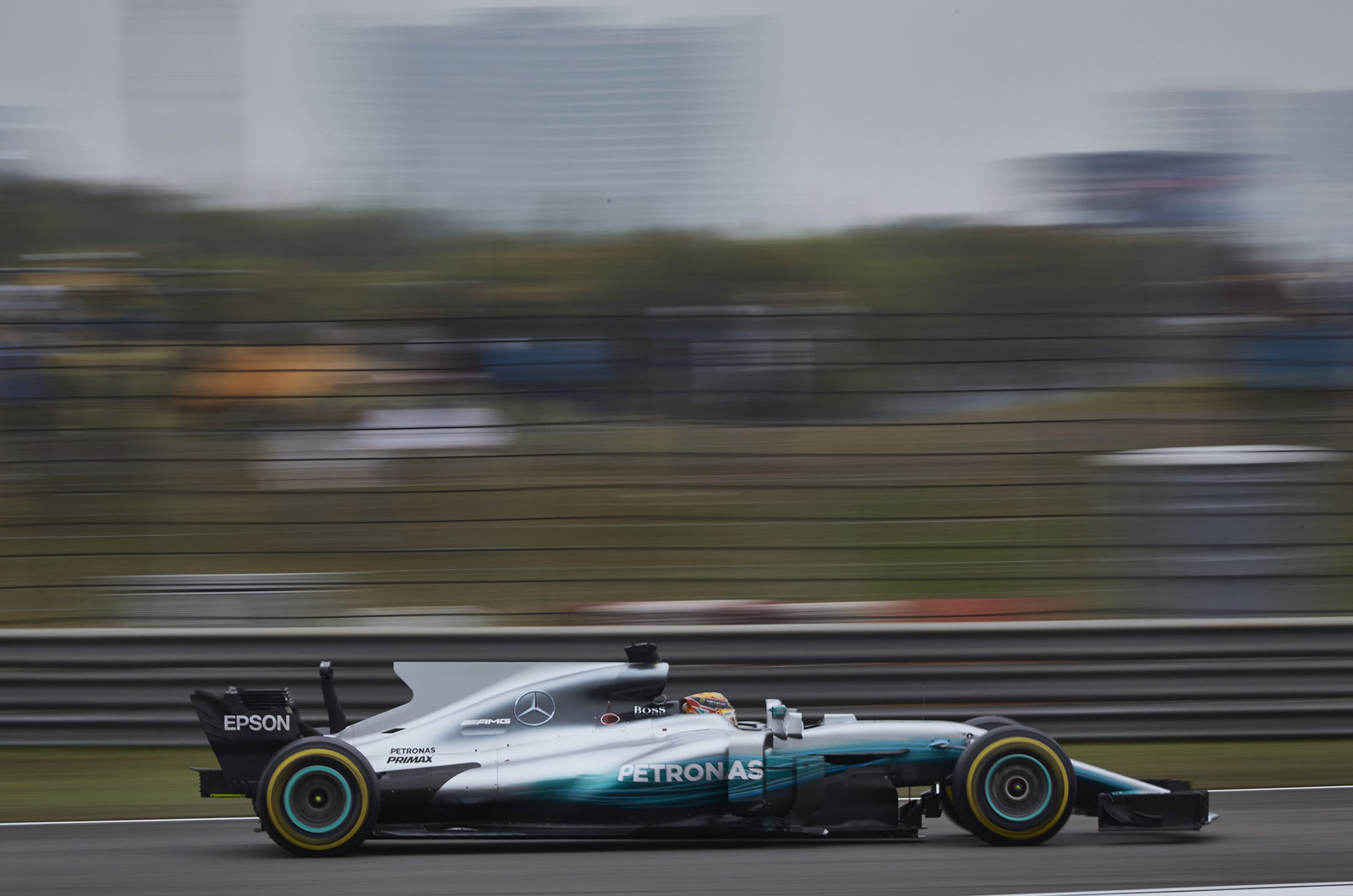
Last time out, this promise made by the FIA didn’t quite come to fruition, but that was because the Australian Grand Prix is held on a quasi-street circuit. The Chinese Grand Prix, which is held on a purpose-built circuit, yielded much faster lap times. Last year’s best time, set by Nico Hülkenberg in his Force India, was a 1:39.8. This year’s, set by Mercedes’ race-winner, Lewis Hamilton, was a 1:35.3.
2. Overtaking is possible
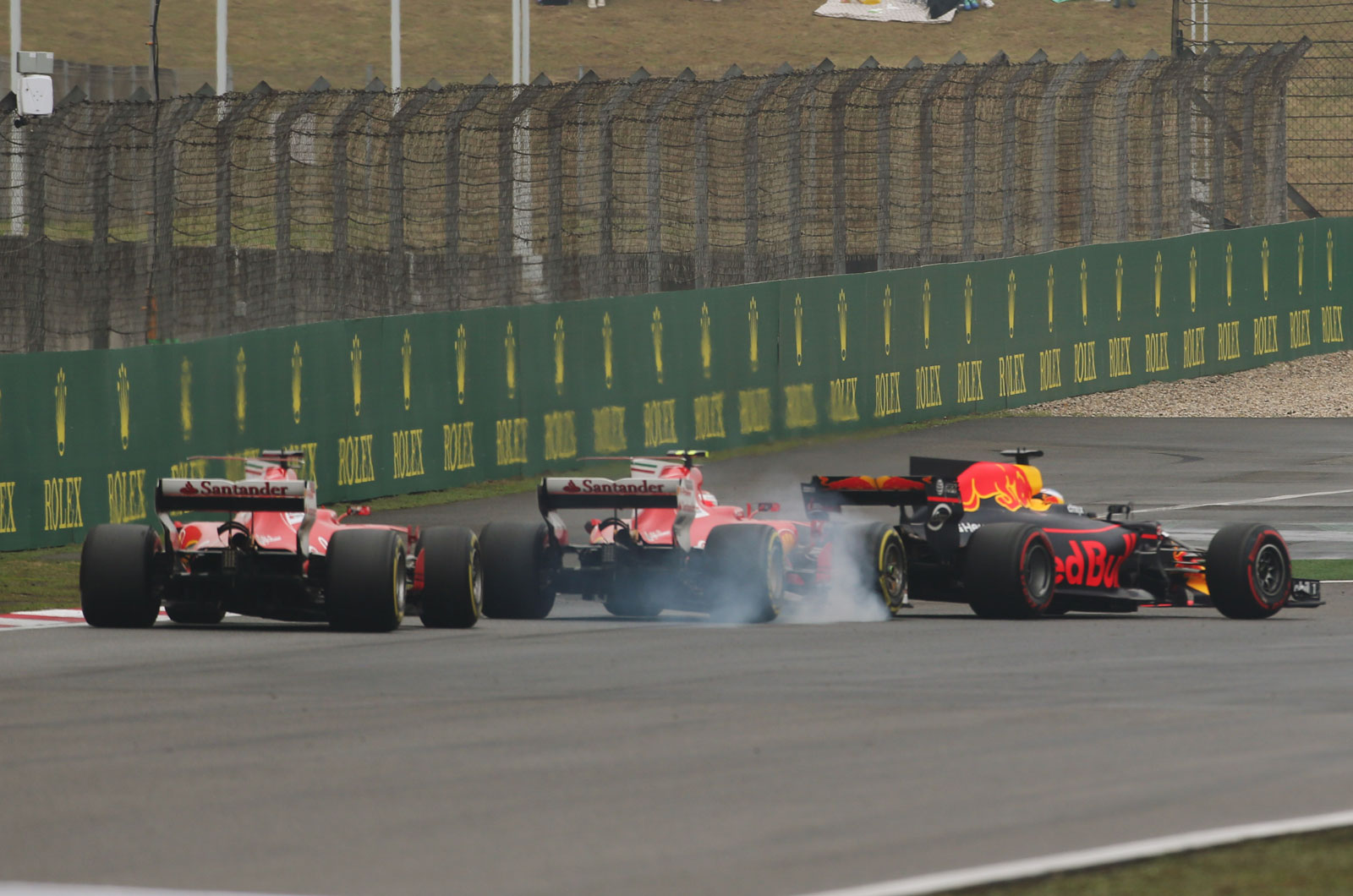
The processional first race of the season is not a precedent for every race. Indeed, there was much more on-track action in Shanghai. Whether it be Sebastian Vettel’s fine overtake of Red Bull’s Daniel Ricciardo and then of his Ferrari team-mate Kimi Raikkonen, or action further down the pecking order – such as Hülkenberg and Romain Grosjean’s squabbling – there was plenty to get excited about. To top it all, Red Bull’s Max Verstappen came from 17th position on the starting grid to breeze his way past almost everyone, getting up into second position by lap 11.
3. DRS isn’t what it used to be
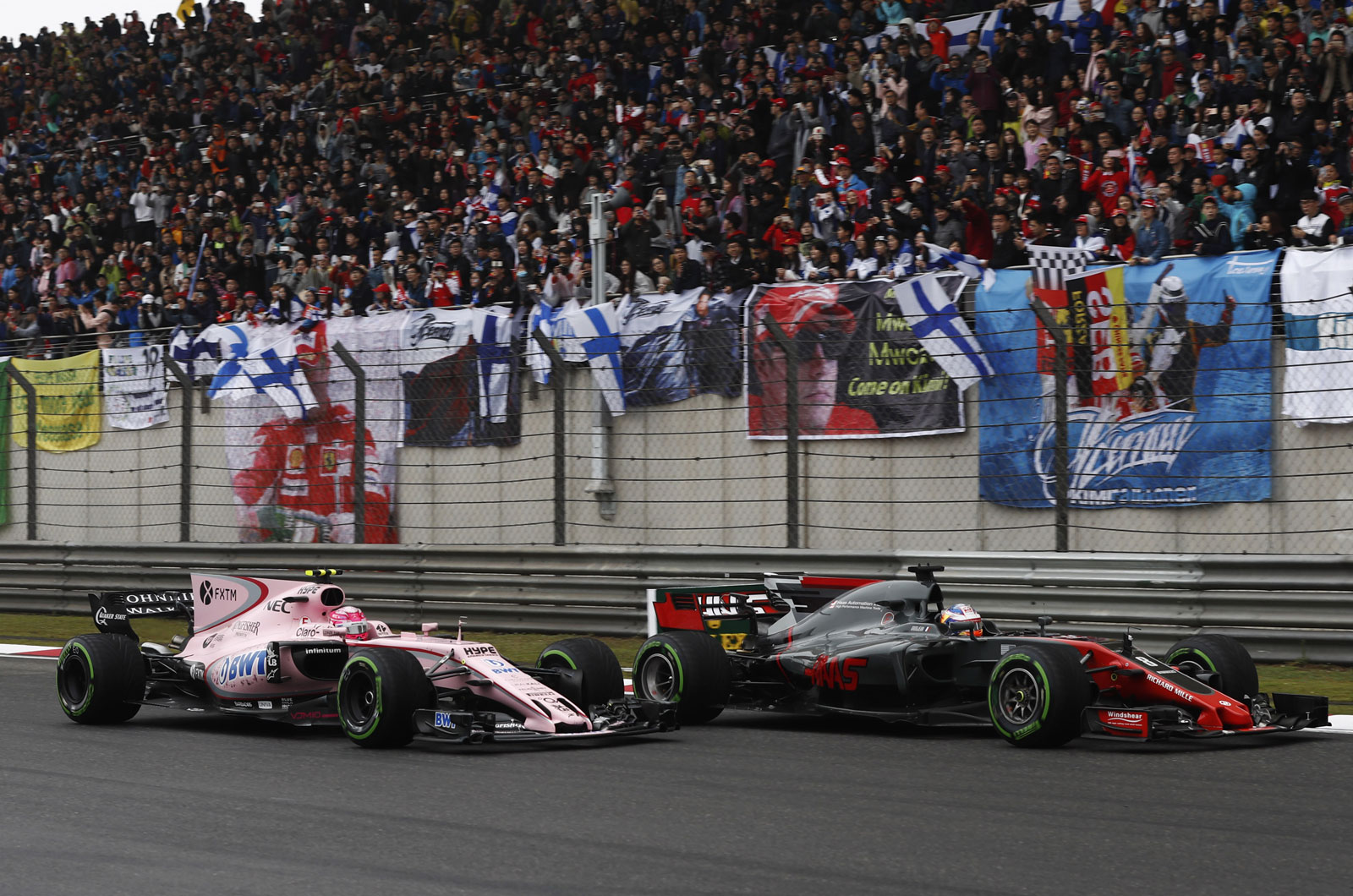
In previous seasons, the Drag Reduction System (DRS), a flap in the cars’ rear wings which opens to give greater straight-line speeds, was overpowered. It resulted in cars wafting past one another seemingly effortlessly. However, with 2017’s more aerodynamic cars, its effect seems to have been reduced, becoming what it was originally intended to be: an aid, not a guarantee.
4. McLaren and Honda are really in trouble
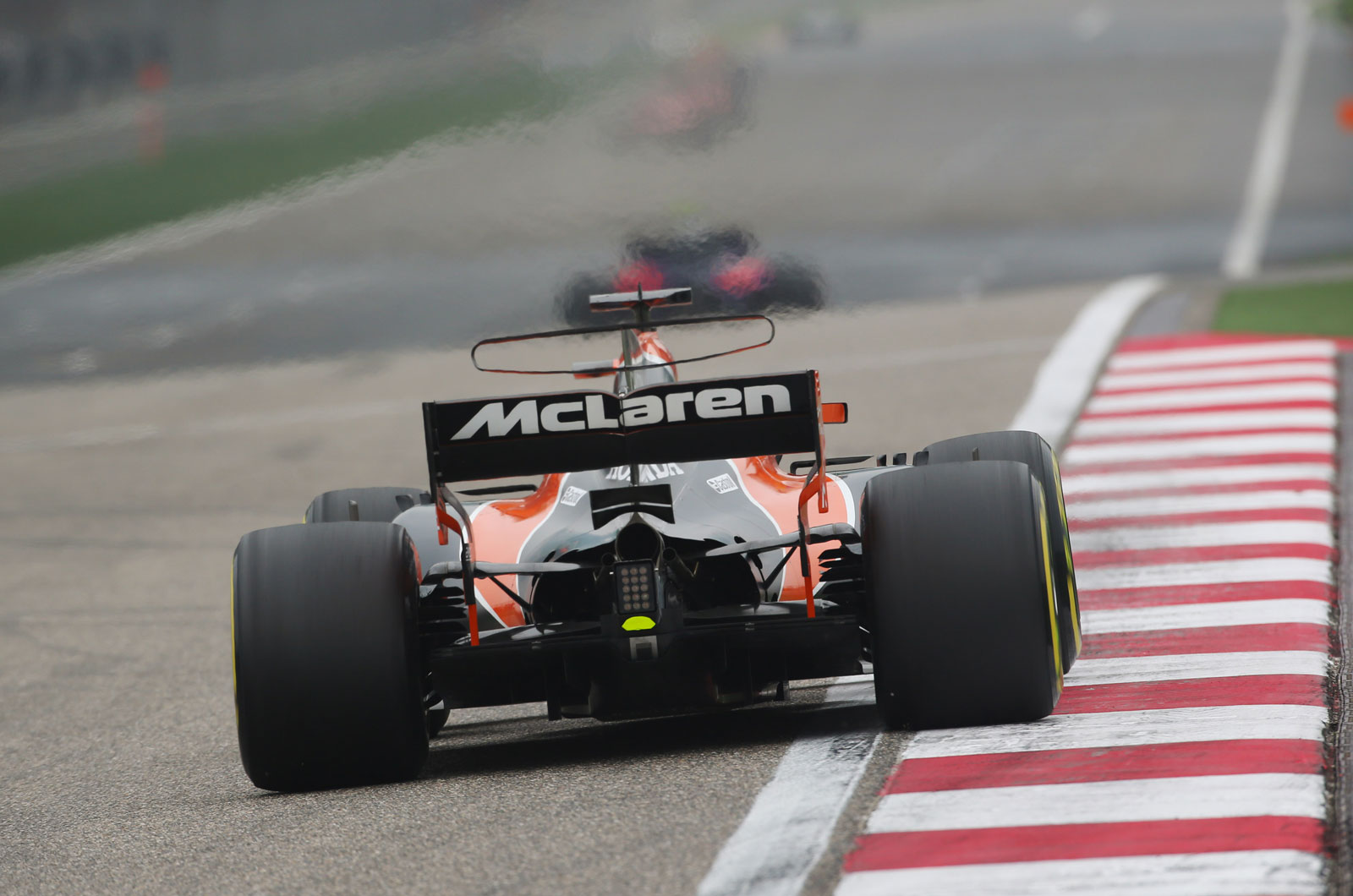
With one of the biggest research and development (R&D) budgets, some of the best technical staff, and arguably Formula 1’s best driver alongside a promising youngster, McLaren should be challenging Ferrari, Mercedes and Red Bull for wins. Well, if they had Mercedes engines, they probably would be, but the Honda power unit has proven woeful for the third year in a row, with both Stoffel Vandoorne and Fernando Alonso dropping out of yesterday’s race.

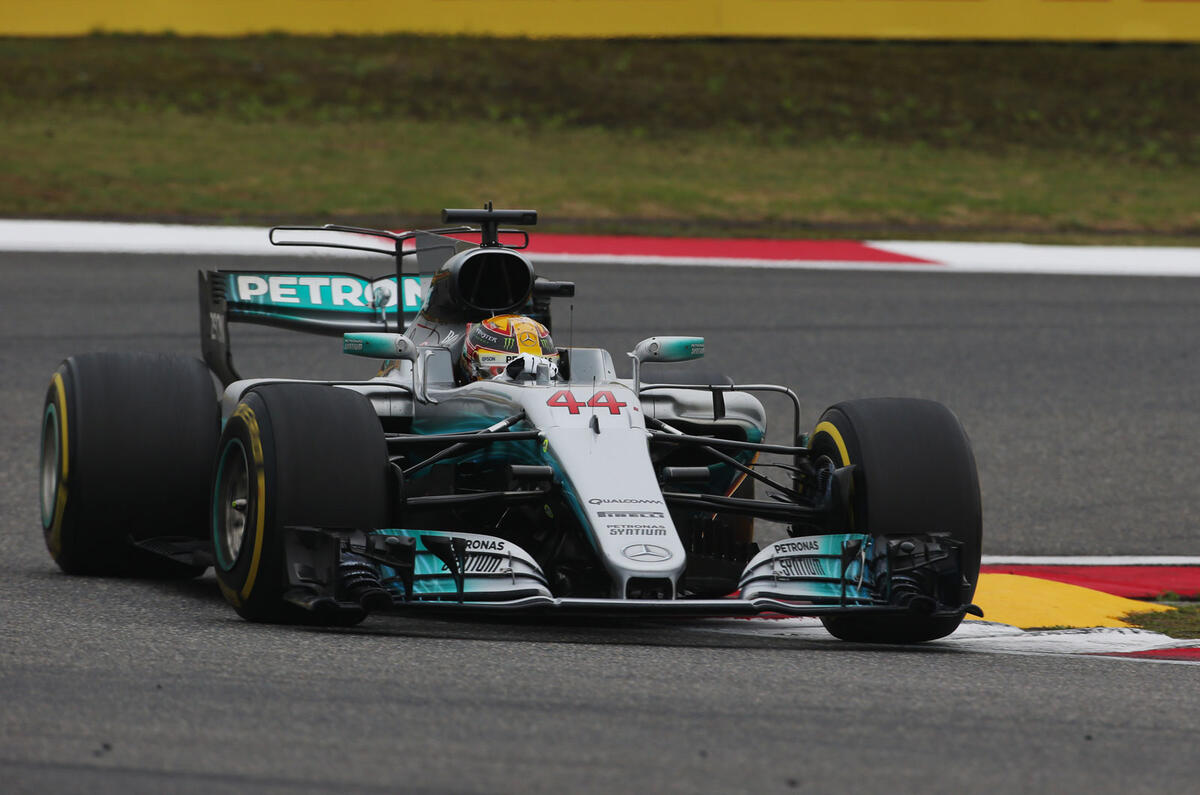
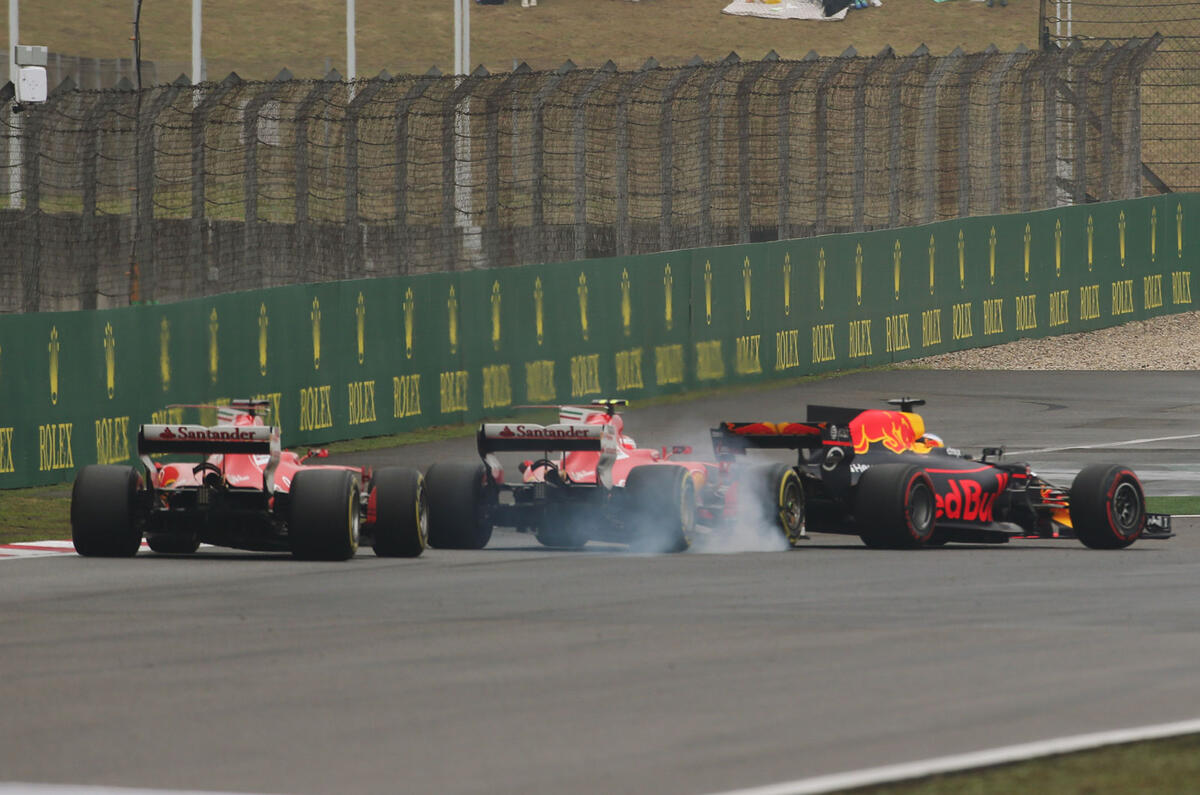
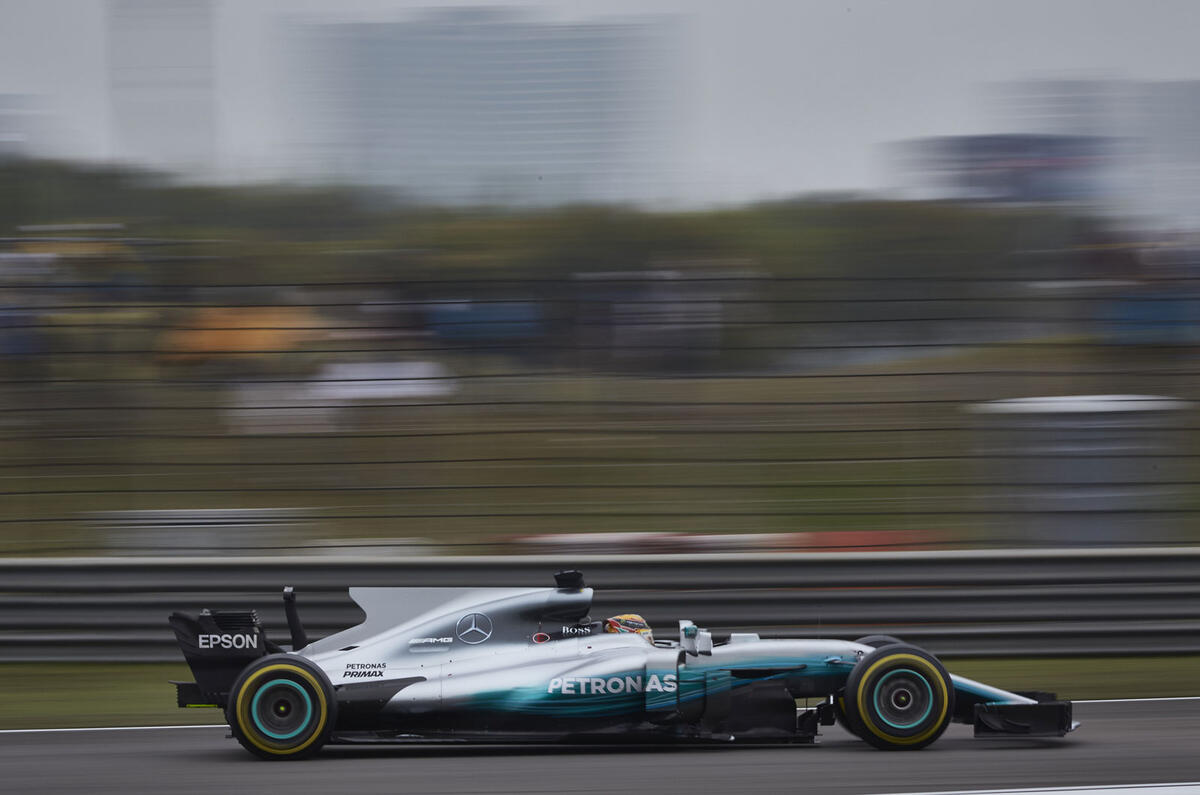

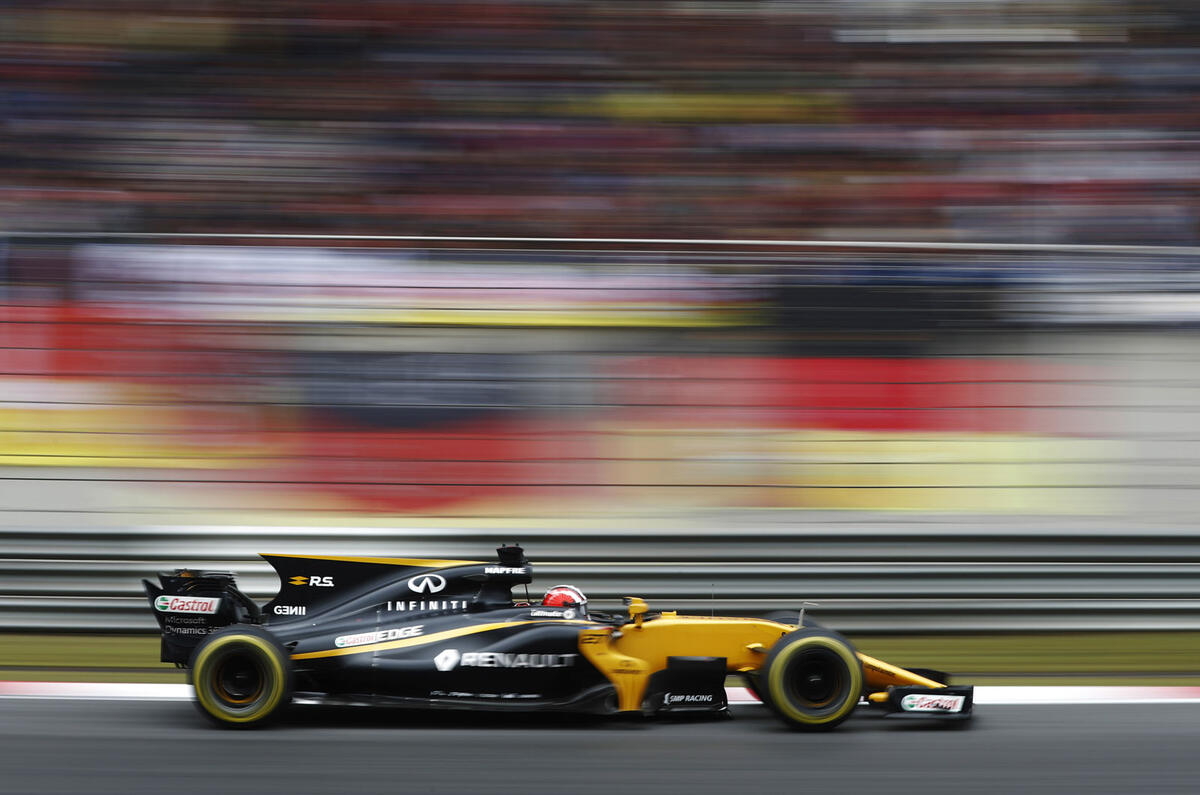
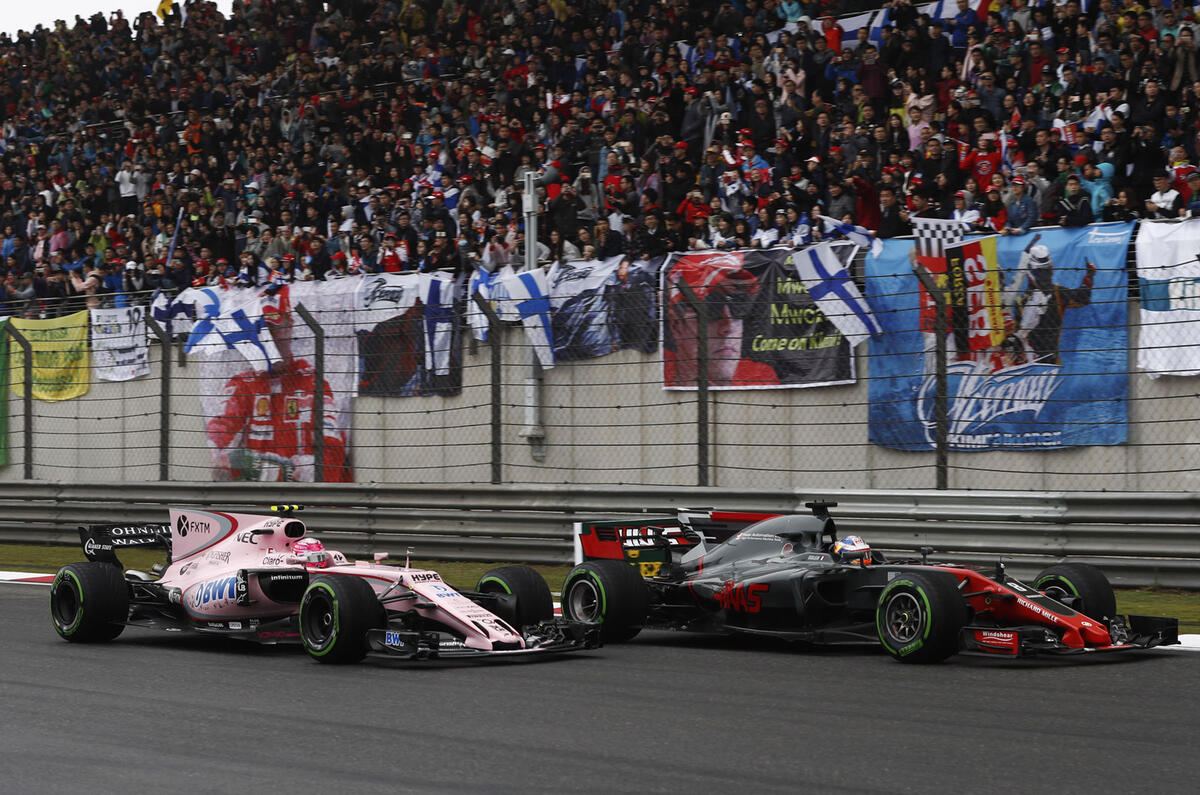
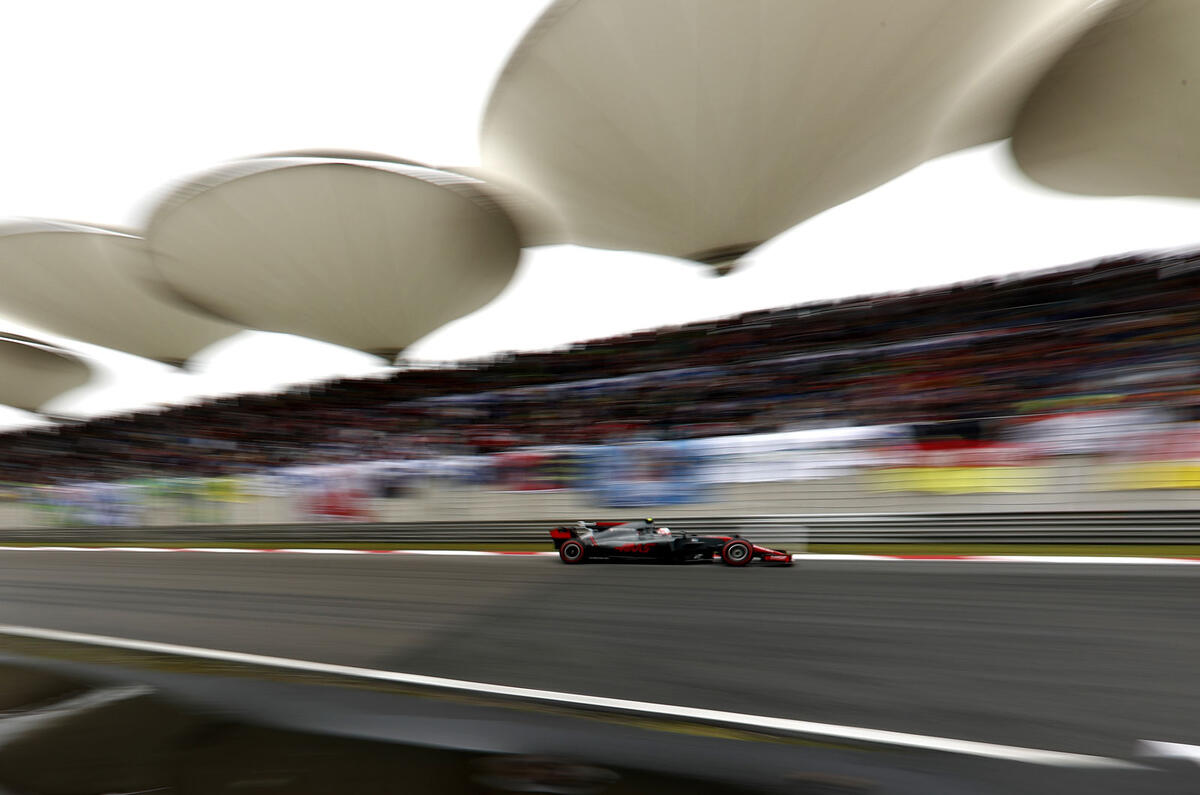
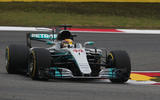
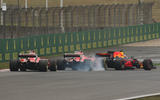
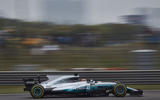
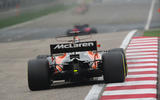
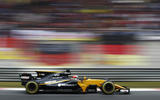
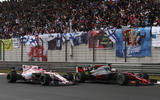
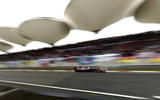


Join the debate
Add your comment
F1....!